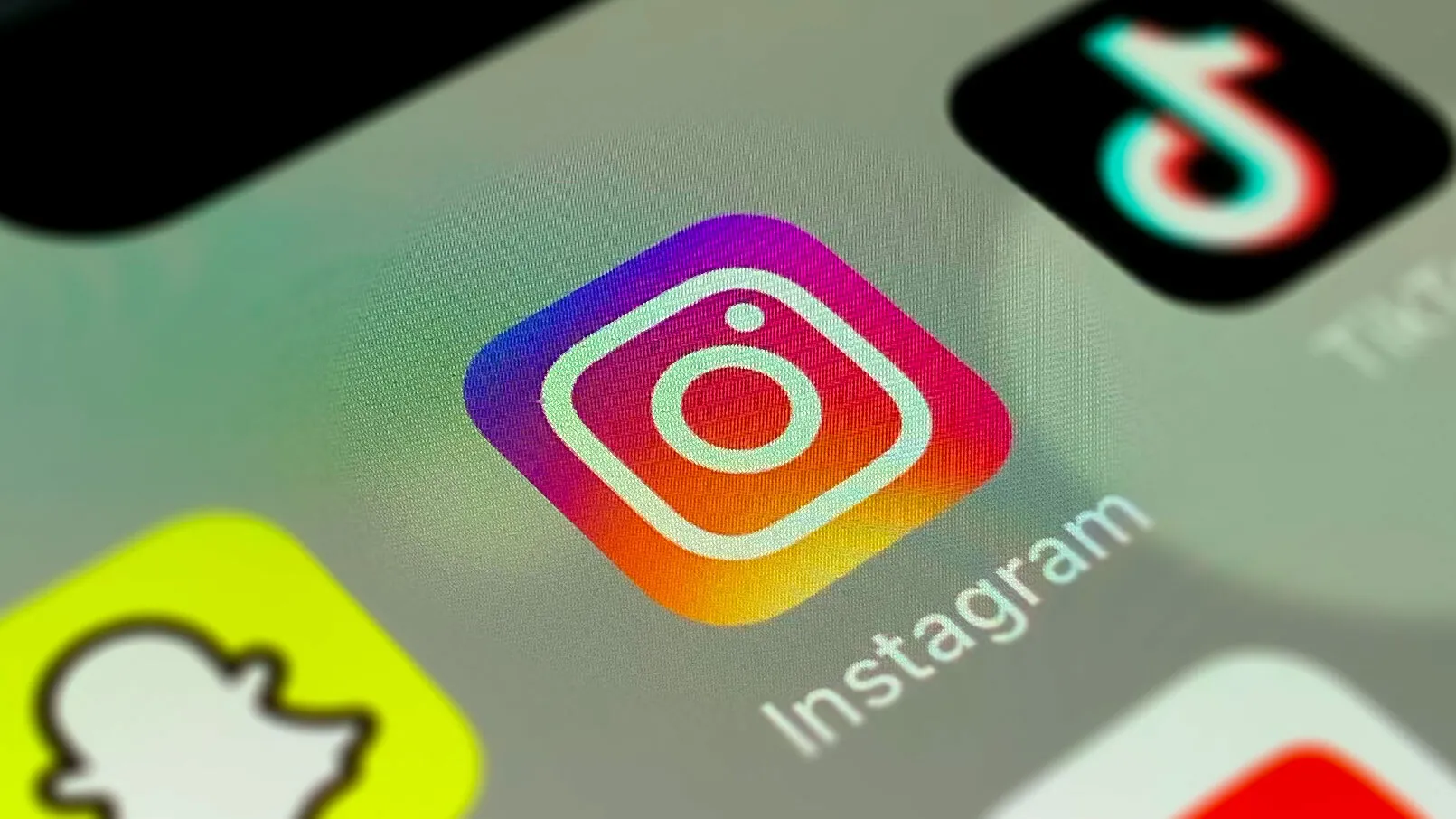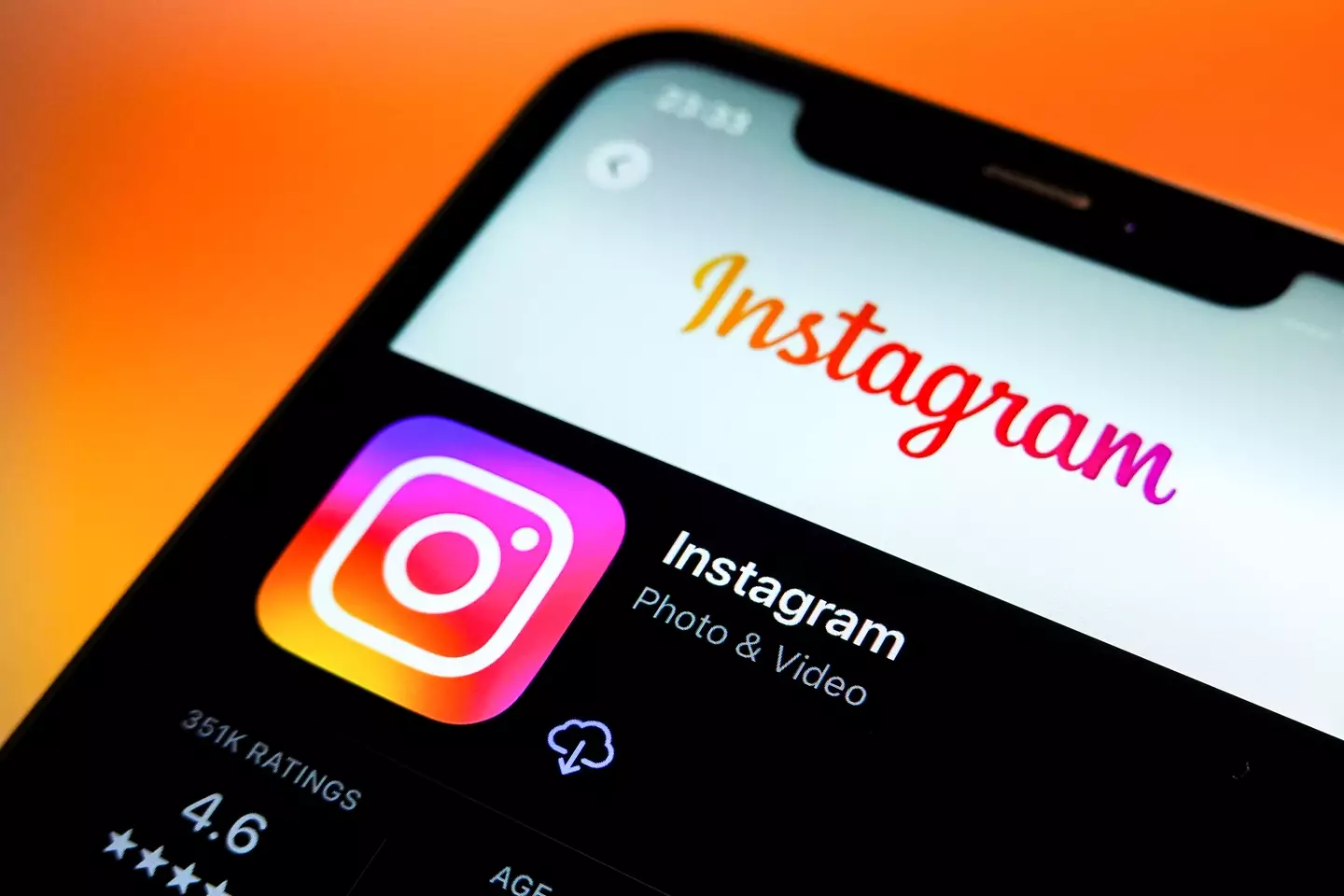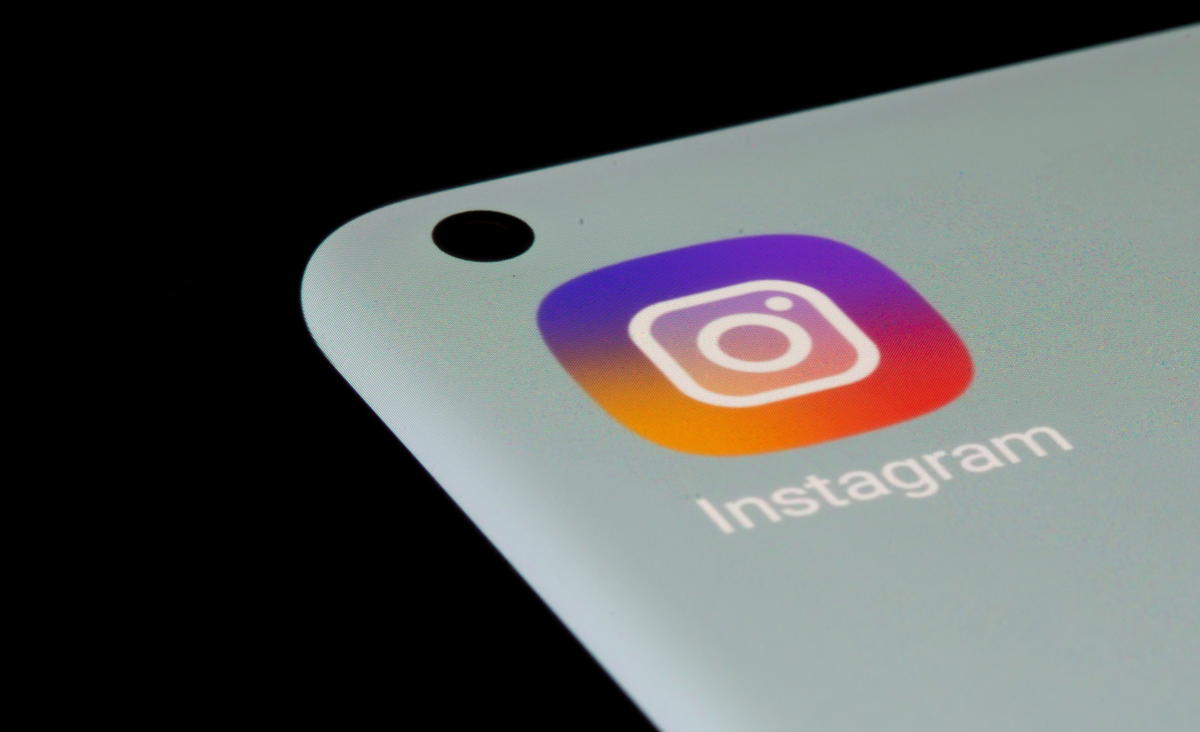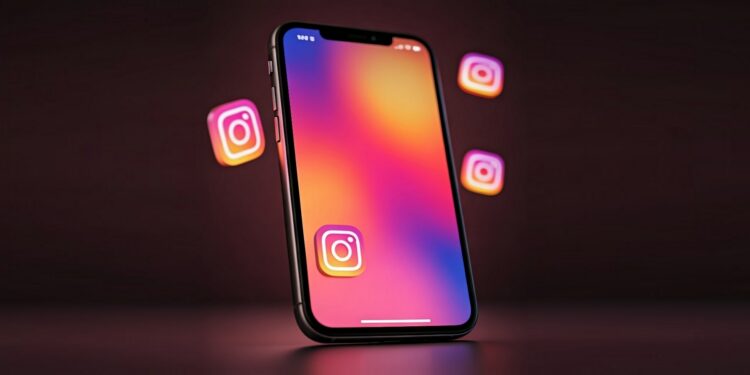Instagram has recently confirmed a significant shift in how video quality is managed on the platform, a move that has stirred mixed reactions among its vast user base. In a revealing AMA session, Instagram’s head Adam Mosseri shed light on the platform’s decision to adjust video quality based on viewer engagement, a strategy that could reshape content delivery and consumption.

Decoding Instagram’s Quality Management Strategy
During the AMA, Adam Mosseri articulated that Instagram prioritizes high-quality video but adopts a dynamic approach to managing resources based on viewership. “In general, we want to show the highest-quality video we can. But if something isn’t watched for a long time — because the vast majority of views are in the beginning — we will move to a lower quality video,” Mosseri explained. This approach isn’t static; videos that regain popularity could see their quality restored, underscoring the fluid nature of content interaction on the platform.
Mosseri further explained the technical rationale behind this decision, noting that higher-quality videos require more CPU-intensive encoding and occupy more storage. This method is not only cost-effective but also maximizes the platform’s efficiency by allocating resources to content that draws more attention.

The Controversy Among Creators
While the policy might sound pragmatic from a technical standpoint, it has sparked concerns among smaller creators who fear this could disadvantage them compared to those with larger followings. According to Mosseri, “We bias to higher quality for creators who drive more views.” This statement has understandably alarmed smaller creators who struggle to compete with more established names on the platform.
The performance-based system described by Mosseri operates on a sliding scale rather than a fixed threshold, suggesting that all content is not treated equally. In a platform where visibility is vital for creator growth and engagement, this could significantly impact how content is perceived and valued by the audience.

Fairness and Viewer Perception
Mosseri also addressed the concerns regarding fairness, suggesting that the difference in quality is not substantial enough to deter viewership. “Quality seems to be much more important to the original creator, who is more likely to delete the video if it looks poor than to their viewers,” he stated. This implies that while creators may be critical of video quality, the average viewer prioritizes content over clarity.
Despite Mosseri’s reassurances, not everyone is convinced. The shift highlights a broader dilemma within the digital content space about balancing resource management with equitable exposure for creators of all sizes. It raises important questions about the role of platform algorithms and policies in shaping the success and visibility of digital content.

Looking Ahead: Implications for Content Strategy
This new policy might prompt creators to rethink their content strategies, focusing perhaps more on initial engagement to ensure their videos maintain high quality. For viewers, this could mean a gradual shift in how content is presented, with potential implications for how they engage with and perceive videos on Instagram.
As this policy continues to unfold, it will be interesting to see how Instagram manages the balance between operational efficiency and user satisfaction, especially in an era where digital fairness and transparency are increasingly under scrutiny.










